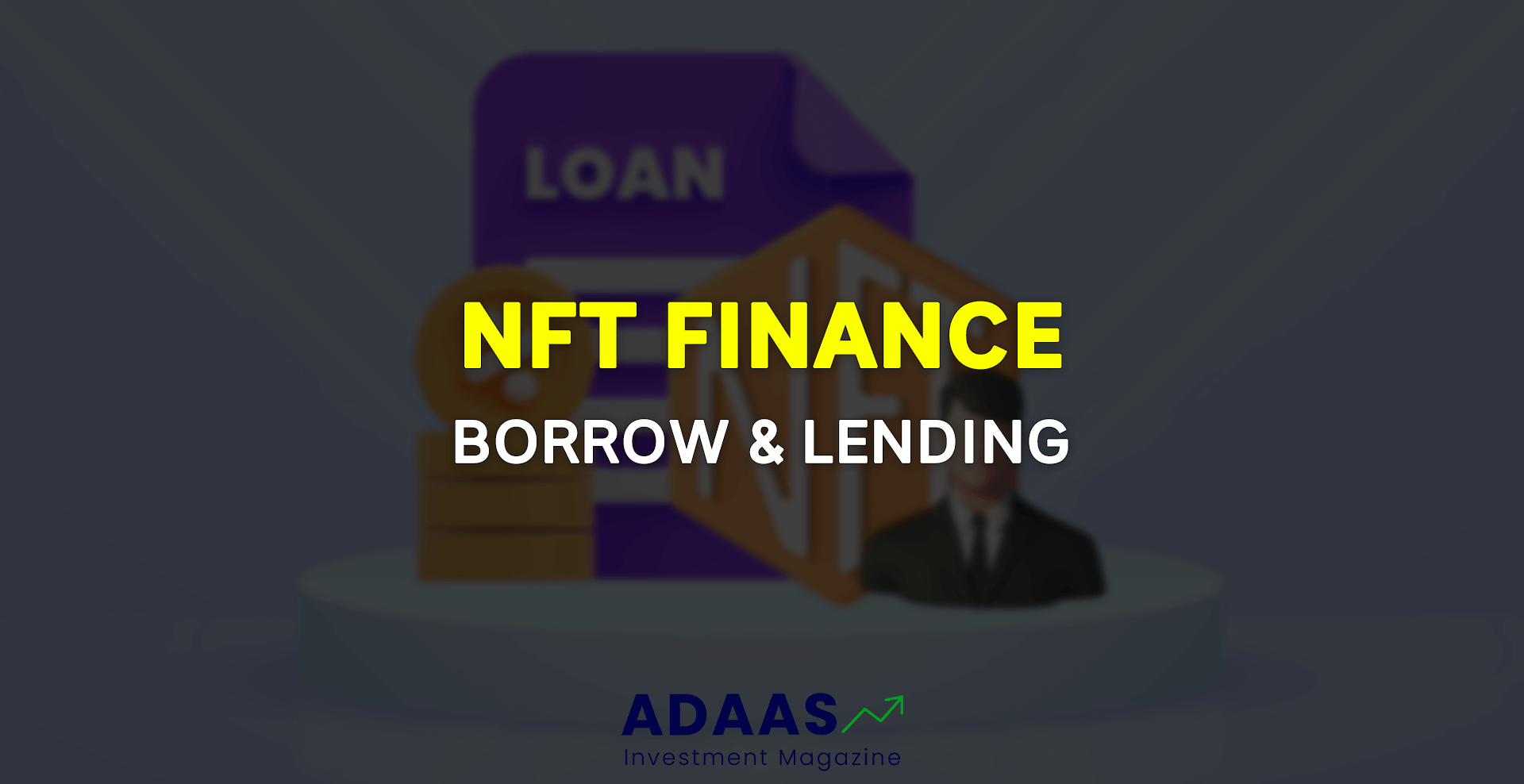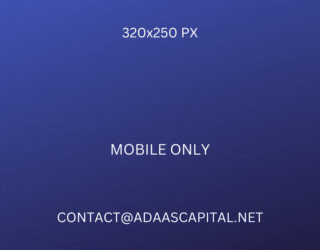Introducing Non-Fungible Token (NFT) Borrow and Loan System
Comprehensive Guide to NFT Borrowing and Lending: Exploring the Emergence of NFTs as Collateral
By reading the article “NFT Borrow and Loan System” published in Adaas Investment Magazine, you will be fully familiar with the Borrow and Loan System’s role in the NFTs market and how it works! This level of familiarity can be enough when you need educational information about this topic.
The podcast is published for you!
With the rise of blockchain technology and digital tokens, new ways of providing financial services are now emerging. By tokenizing assets, you can create a digital representation of any asset such as real estate, cars, artwork, or rare coins. These non-fungible tokens can be used for anything from selling virtual cats to collateral for a loan.
There are different types of token lending solutions that cater to different needs. Depending on the scope and type of users you want to target and the services you wish to offer them, there is more than one solution that fits your needs. In this blog post, we will introduce you to the NFT Borrow and Loan System which is one of the most popular solutions in this field.
Table of Contents
What is a Non-Fungible Token (NFT)?
A non-fungible token (NFT) is a unique token that represents something that is unique and can’t be interchanged with something else. Tokens are different from cryptocurrencies since they are not intended to operate as a form of payment but rather as a representation of an asset. NFTs are used to represent assets that can’t be broken down into discrete units like gold or silver.
Tokens can represent anything from diamonds, cars, houses, pieces of art, and even exotic pets. Each token is unique and has a different set of data attached to it like a description, price, owner, and date of purchase. Unlike fungible tokens, each token has its own set of data and can’t be broken down into smaller units.
What is an NFT borrow and loan system?
An NFT borrow and loan system is an ecosystem that allows users to borrow and lend using non-fungible tokens as collateral. NFT borrow and loan systems are still in their early stages and are currently being tested on test networks. Once testing is complete, these systems will be available for public use.
A non-fungible token borrow and loan system allows users to borrow or lend using non-fungible tokens (NFTs) as collateral. You can specify how much money you need in a loan or how much you’re willing to lend, and the system will match you with other users who have tokens you can use as collateral.
For example, if you want to borrow $100,000, you can specify that you’ll use a house as collateral. If there are people who have tokens representing houses, the system will match you with these people and let you choose which house you want to use as collateral. Once a loan is repaid, the system will automatically return the collateral to the original owner.
How does the non-fungible token borrow and loan system work?
The non-fungible token borrow and loan system works by tokenizing assets. First, the user creates a non-fungible token that represents the asset he or she wants to use as collateral. The user then submits the token to a decentralized application (DApp) that runs on a blockchain. The DApp verifies the token and records it on the blockchain.
The DApp then generates a unique cryptocurrency token that represents the asset. The DApp allows anyone to borrow or lend money using the cryptocurrency token as collateral.
Benefits of non-fungible tokens in borrowing and lending.
– Security of assets: Since one token represents one unique item, every token has its own set of data attached to it along with its own history of ownership. Therefore, if someone uses a token as collateral, you can easily trace its history of ownership.
– Sustainability: Since one token represents one unique item, each token can be used as collateral for a specific period of time. After the time has passed, the token can be returned to its owner.
– Transparent system: Blockchain networks can store information in a public and transparent manner, making it easy to track every token’s history.
– Easy to use: If someone uses a token as collateral, the blockchain network can easily transfer ownership of the token to the lender.
– Easy to understand: Since one token represents one unique item, it’s easy for the lender to understand what they’re getting.
– Flexibility in terms and conditions: Blockchain networks allow borrowers and lenders to set their own terms and conditions for their loans.
Limitations of non-fungible tokens in borrowing and lending.
– Limited scope: Since one token represents one unique item, non-fungible tokens are only suitable for a few types of loans.
– Risk of over-collateralization: Since each token represents one unique item, you risk over-collateralizing your loan if you use multiple tokens as collateral.
– High risk of price volatility: Since the value of one token represents one unique item, the price of the token may vary over time.
– NFT networks are new: NFT networks are still in their early stages, and it’s unclear how suitable they are for lending and borrowing.
Conclusion
As you can see, non-fungible tokens are uniquely suitable for borrowing and lending. They are secure, sustainable, and easy to understand and use. However, they are limited to a few types of loans and come with high risks. In the future, blockchain networks that host non-fungible token networks will mature.
We will see the rise of widely adopted standards and regulations, and NFT token borrowing and lending will become more efficient.
The End Words
At Adaas Capital, we hope that by reading this article you will be fully immersed in the NFT Borrow and Loan Systems! You can help us improve by sharing this post which is published in Adaas Investment Magazine and help optimize it by submitting your comments.
FAQ
When I can use my NFTs to get loans?
NFT borrow and loan systems are still in their early stages and are currently being tested on test networks. Once testing is complete, these systems will be available for public use.
What are the advantages of using NFTs in lending systems?
- Sustainability
- Transparent system
- Easy to use
- Flexibility in terms and conditions
- Security of assets





